Happy summer! Welcome to a special edition of Nordic Events, this one featuring temporary in-person exhibitions happening across the country this summer (see this post for virtual events happening this summer). All these summer exhibitions intrigue me. Maybe you’re lucky to live nearby one or are traveling to the area this summer.
I had the opportunity to see Scandinavian Design and the United States, 1890–1980 when it was at the Los Angeles County Museum of Art (LACMA) earlier this year. It was an interesting exhibition with a great variety of objects on display — furniture, tapestries, children’s objects, and decorative objects, just to name a few. I did have an issue with it, though; they used the terms “Scandinavian” and “Nordic” interchangeably. These terms do not mean the same thing. I discovered after the fact (in my own photo actually!) that they did address this issue in a sidenote. I wish I had noticed it while there because not knowing this tainted my enjoyment of the exhibition a bit. However, it doesn’t prevent me from recommending it, and you are forewarned about the use of those terms. Don’t miss the exhibition’s gift store. I walked away with a bag of delicious Scandinavian sockerbit candy. Maybe it will be available in Milwaukee as well (if not, they have an online store).
Which exhibition are you most interested in seeing?
New York, NY – Arctic Highways at Scandinavia House (Now – 7/22)
 Currently taking place in New York City at Scandinavia House and continuing through July 22 is the exhibition Arctic Highways: Works by Twelve Indigenous Artists from Sápmi, Canada, and Alaska. “Arctic Highways brings together the artwork and handicrafts of 12 Indigenous artists from Sápmi, Canada and Alaska in an exhibition highlighting the thriving cultural and spiritual communities of the Arctic region.” While there, enjoy Nordic dining at the new Björk Cafe & Bistro at Scandinavia House. It features Scandinavian classics, American favorites with a Nordic twist, and seasonal favorites.
Currently taking place in New York City at Scandinavia House and continuing through July 22 is the exhibition Arctic Highways: Works by Twelve Indigenous Artists from Sápmi, Canada, and Alaska. “Arctic Highways brings together the artwork and handicrafts of 12 Indigenous artists from Sápmi, Canada and Alaska in an exhibition highlighting the thriving cultural and spiritual communities of the Arctic region.” While there, enjoy Nordic dining at the new Björk Cafe & Bistro at Scandinavia House. It features Scandinavian classics, American favorites with a Nordic twist, and seasonal favorites.
Also in New York City this summer, Scandinavia House’s Nordic Summer Jazz series returns. Some of Scandinavia’s most talented young jazz musicians, composers, and singers will perform weekly on Thursday evenings starting June 6 and continuing through July 6. This year’s performers include Kaisa’s Machine (Finland), Sara Magnusdottir Trio (Iceland), Mathias Jensen (Denmark), Risberg Stenmark Duo (Sweden), and Timothy Johnson (Norway).
Milwaukee, WI – Scandinavian Design and the United States, 1890–1980 at Milwaukee Art Museum (Now – 7/23)
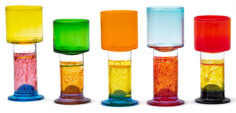 Los Angeles area readers may recognize this exhibition from its run at the Los Angeles County Museum of Art (LACMA) this past fall/winter season. Scandinavian Design and the United States, 1890–1980 is co-organized by the Milwaukee Art Museum and LACMA in collaboration with the Nationalmuseum Sweden and the Nasjonalmuseet in Norway and is now on display in Milwaukee until July 23. It’s “the first exhibition to explore the extensive design exchanges between the United States and Denmark, Sweden, Finland, Norway, and Iceland during the 20th century.”
Los Angeles area readers may recognize this exhibition from its run at the Los Angeles County Museum of Art (LACMA) this past fall/winter season. Scandinavian Design and the United States, 1890–1980 is co-organized by the Milwaukee Art Museum and LACMA in collaboration with the Nationalmuseum Sweden and the Nasjonalmuseet in Norway and is now on display in Milwaukee until July 23. It’s “the first exhibition to explore the extensive design exchanges between the United States and Denmark, Sweden, Finland, Norway, and Iceland during the 20th century.”
Seattle, WA – FLÓÐ (Flood) by Jónsi at National Nordic Museum (Now – 8/6)
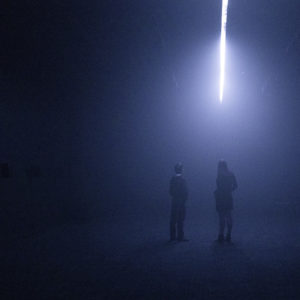 If you’re in the Seattle area, consider visiting the National Nordic Museum to see the unique music, light, and scent installation FLÓÐ (Flood) by Jónsi. It is on display through July 30. Created specifically for the museum, “the exhibition highlights the natural connections between the coastal cities of Seattle and Reykjavik, which became sister cities in 1986. Changing environmental conditions within the gallery will engage the visitors’ senses of hearing, sight, and smell to transport them to the ocean.” And while there, of course view the permanent exhibition Nordic Journeys, where “you will meet ancient nomadic and contemporary semi-nomadic peoples, Vikings, explorers, emigrants, and expatriates—all with a story to tell.”
If you’re in the Seattle area, consider visiting the National Nordic Museum to see the unique music, light, and scent installation FLÓÐ (Flood) by Jónsi. It is on display through July 30. Created specifically for the museum, “the exhibition highlights the natural connections between the coastal cities of Seattle and Reykjavik, which became sister cities in 1986. Changing environmental conditions within the gallery will engage the visitors’ senses of hearing, sight, and smell to transport them to the ocean.” And while there, of course view the permanent exhibition Nordic Journeys, where “you will meet ancient nomadic and contemporary semi-nomadic peoples, Vikings, explorers, emigrants, and expatriates—all with a story to tell.”
Minneapolis, MN – New Nordic Cuisine at Norway House (Now – 8/12)
 Are you or will you be in the Minneapolis area? Consider visiting Norway House to view New Nordic Cuisine on display until August 12. Organized by Museum of Danish America, this traveling exhibition “explores the values that bring together traditional flavors, local producers, and innovative techniques in an exhibit that celebrates one of the most important cultural phenomena to come out of the Nordic countries in recent decades.” For those who can’t visit or want more, the Nordic Cuisine YouTube channel shares stories from recipe demonstrations to restaurant tours, to interviews with influential chefs and foodies, as a way to share these culturally important stories with all.
Are you or will you be in the Minneapolis area? Consider visiting Norway House to view New Nordic Cuisine on display until August 12. Organized by Museum of Danish America, this traveling exhibition “explores the values that bring together traditional flavors, local producers, and innovative techniques in an exhibit that celebrates one of the most important cultural phenomena to come out of the Nordic countries in recent decades.” For those who can’t visit or want more, the Nordic Cuisine YouTube channel shares stories from recipe demonstrations to restaurant tours, to interviews with influential chefs and foodies, as a way to share these culturally important stories with all.
Williamstown, MA – Edvard Munch: Trembling Earth at The Clark (6/10 – 10/15)
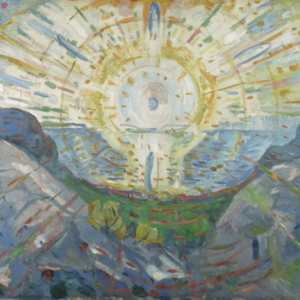 Opening June 10 at The Clark Art Institute in Williamstown, Massachusetts, is Edvard Munch: Trembling Earth. “Edvard Munch: Trembling Earth is the first exhibition in the United States to consider how the noted Norwegian artist Edvard Munch (1863–1944) employed nature to convey meaning in his art. Munch is regarded primarily as a figure painter, and his most celebrated images (including his iconic The Scream) are connected to themes of love, anxiety, longing, and death. Yet, landscape plays an essential role in a large portion of Munch’s work. Edvard Munch: Trembling Earth considers this important, but less explored, aspect of the artist’s career.” It is on exhibit until October 15 when it moves to Museum Barberini, Potsdam, and then to Munchmuseet, Oslo, for the summer of 2024.
Opening June 10 at The Clark Art Institute in Williamstown, Massachusetts, is Edvard Munch: Trembling Earth. “Edvard Munch: Trembling Earth is the first exhibition in the United States to consider how the noted Norwegian artist Edvard Munch (1863–1944) employed nature to convey meaning in his art. Munch is regarded primarily as a figure painter, and his most celebrated images (including his iconic The Scream) are connected to themes of love, anxiety, longing, and death. Yet, landscape plays an essential role in a large portion of Munch’s work. Edvard Munch: Trembling Earth considers this important, but less explored, aspect of the artist’s career.” It is on exhibit until October 15 when it moves to Museum Barberini, Potsdam, and then to Munchmuseet, Oslo, for the summer of 2024.
Decorah, IA – Sámi Dreams at Vesterheim (7/1 – 10/31)
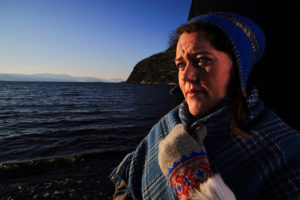 Opening July 1 and running through October 31, Vesterheim in Decorah, Iowa, presents Sámi Dreams: Portraits of Resilience in the Norwegian Arctic, a traveling exhibit organized by Norway House. This exhibit will feature 18 photographic portraits of Sámi men and women in Scandinavia along with recorded interviews by researcher Randall Hyman that touch on indigenous rights, climate change, reindeer husbandry, art, and other topics. To accompany the photographs, Vesterheim has invited American artists to exhibit jewelry inspired by Sámi art, traditions, and history. While there, don’t forget to leave time for Vesterheim’s Main Building with four floors of artifacts and Heritage Park with 12 historic buildings (see Vesterheim’s Visitor Guide).
Opening July 1 and running through October 31, Vesterheim in Decorah, Iowa, presents Sámi Dreams: Portraits of Resilience in the Norwegian Arctic, a traveling exhibit organized by Norway House. This exhibit will feature 18 photographic portraits of Sámi men and women in Scandinavia along with recorded interviews by researcher Randall Hyman that touch on indigenous rights, climate change, reindeer husbandry, art, and other topics. To accompany the photographs, Vesterheim has invited American artists to exhibit jewelry inspired by Sámi art, traditions, and history. While there, don’t forget to leave time for Vesterheim’s Main Building with four floors of artifacts and Heritage Park with 12 historic buildings (see Vesterheim’s Visitor Guide).
Portland, OR – Threads | Þræðir at Nordia House (7/8 – 11/5)
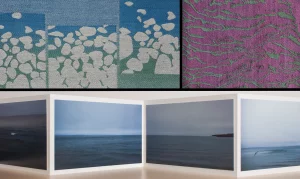 And finally, opening July 8 and continuing through November 5 at Nordic Northwest’s Nordia House is Threads | Þræðir Intertwined in Iceland: Textiles and Book Arts. “Books and textiles are the two forms of artistic expression that have the longest history and tradition in Iceland, but it is rare that books and textiles are intertwined. This exhibition showcases artists’ books and textile pieces by Icelandic artists and visiting artists who have been inspired by the country’s landscapes, people, language and textile traditions.”
And finally, opening July 8 and continuing through November 5 at Nordic Northwest’s Nordia House is Threads | Þræðir Intertwined in Iceland: Textiles and Book Arts. “Books and textiles are the two forms of artistic expression that have the longest history and tradition in Iceland, but it is rare that books and textiles are intertwined. This exhibition showcases artists’ books and textile pieces by Icelandic artists and visiting artists who have been inspired by the country’s landscapes, people, language and textile traditions.”
Luckily, it seems I will be able to catch the Munch exhibition in Massachusetts right before it closes. Munch’s landscape paintings are actually some of my favorite ones of his.
Did I miss a special Nordic exhibition taking place this summer, or have you seen any of these exhibitions? Please share in the comments!


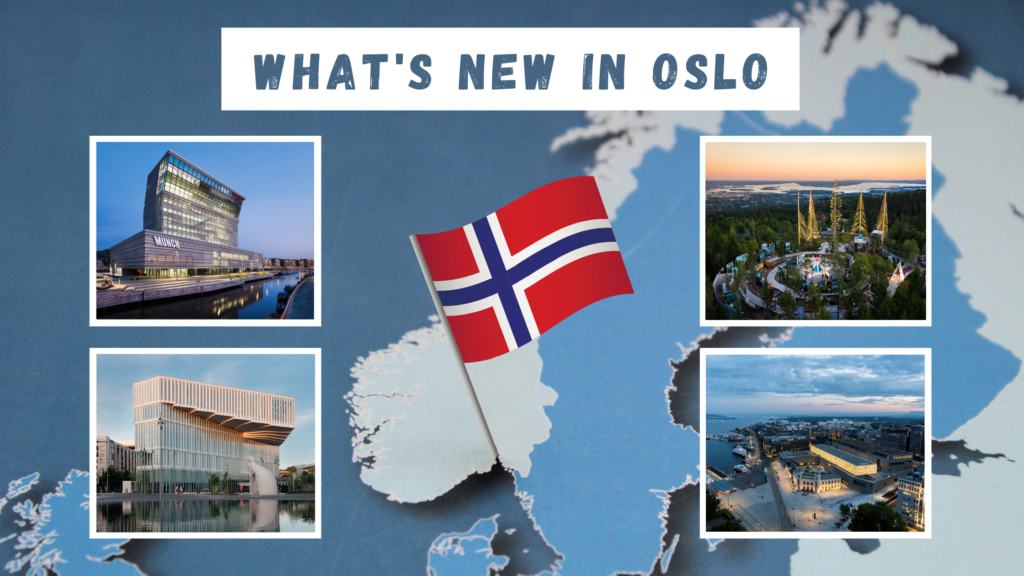
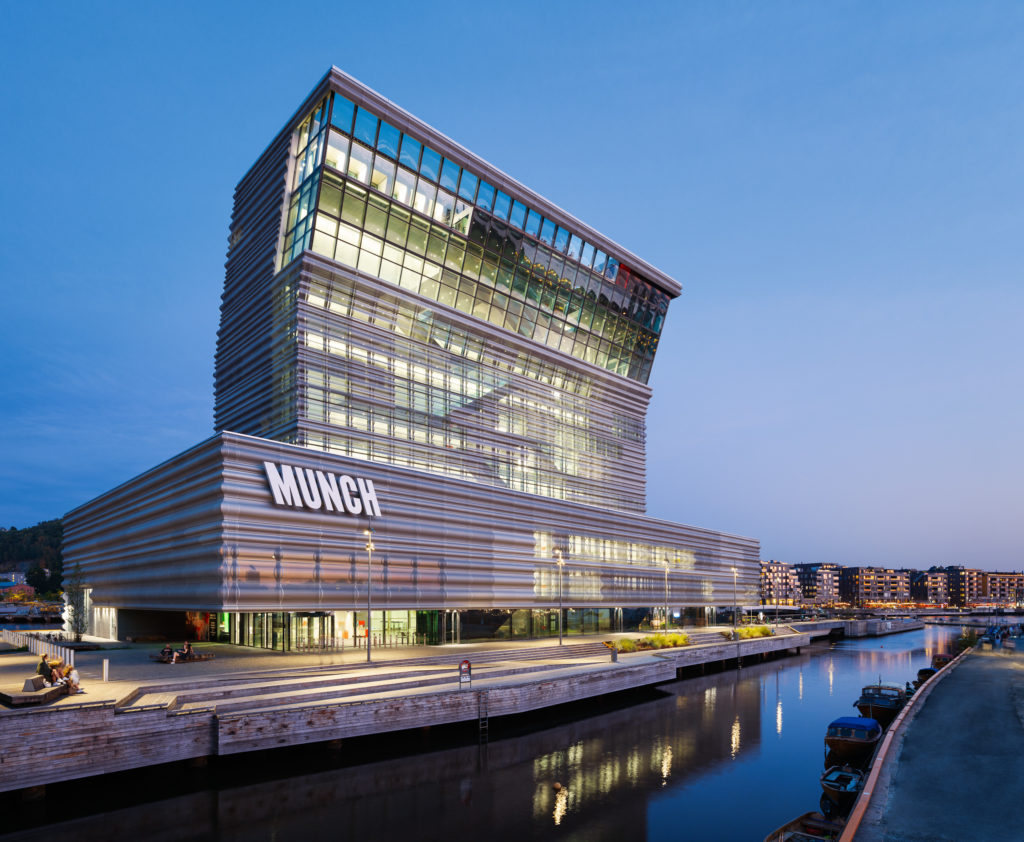


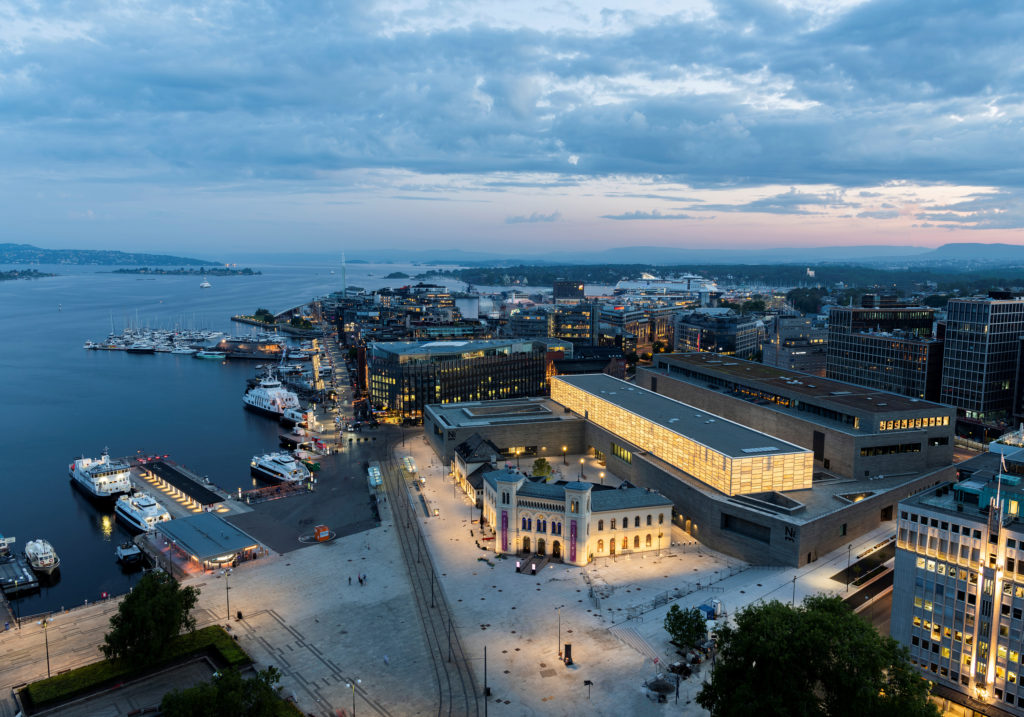
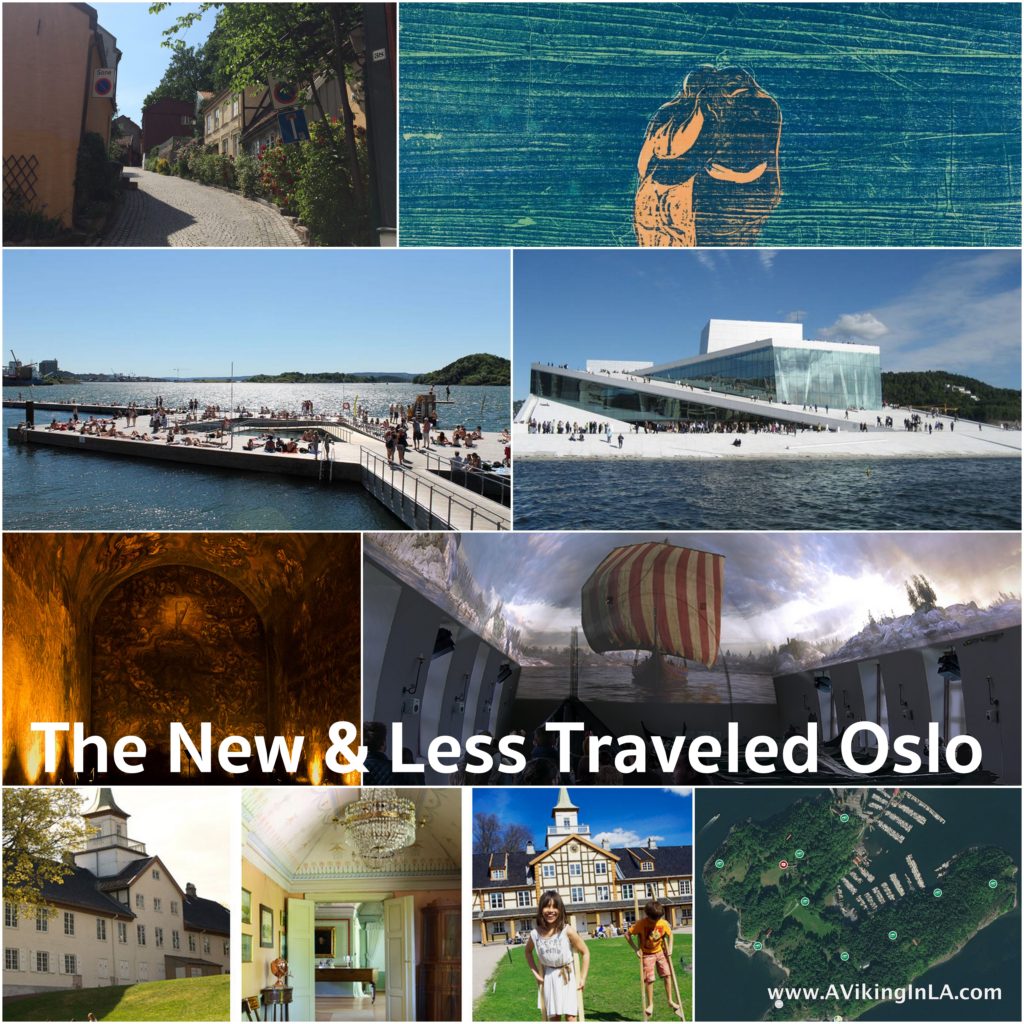 Are you headed to Oslo this summer, and maybe you’re looking for something besides
Are you headed to Oslo this summer, and maybe you’re looking for something besides 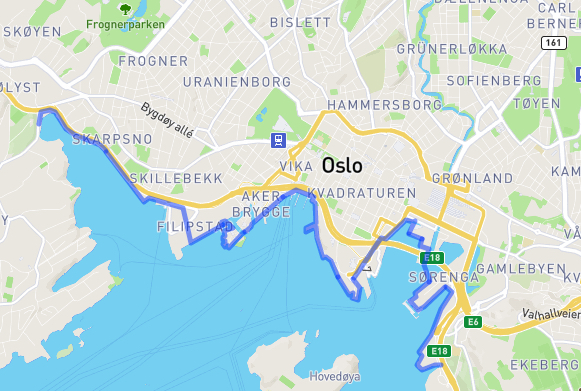 Oslo has a very new harbor promenade to explore. It runs 9 kilometers (about 5.5 miles) along the waterfront and hits many of the main sights of Oslo including Tjuvholmen and Aker Brygge, the inner harbor with City Hall and Akershus Fortress, and the Opera House.
Oslo has a very new harbor promenade to explore. It runs 9 kilometers (about 5.5 miles) along the waterfront and hits many of the main sights of Oslo including Tjuvholmen and Aker Brygge, the inner harbor with City Hall and Akershus Fortress, and the Opera House. A few years ago, a cousin of mine recommended a visit to
A few years ago, a cousin of mine recommended a visit to 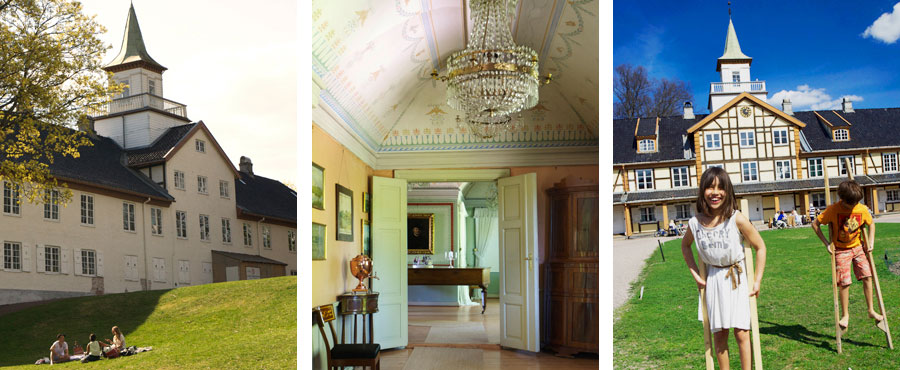 Museum of Oslo
Museum of Oslo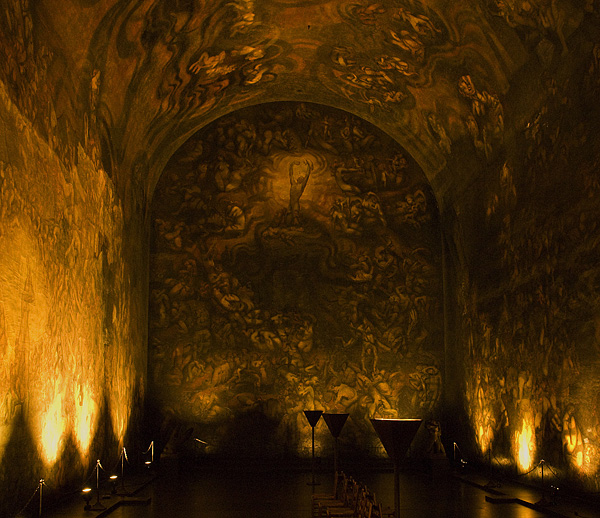 I learned about Emanuel Vigeland Mausoleum from the book
I learned about Emanuel Vigeland Mausoleum from the book 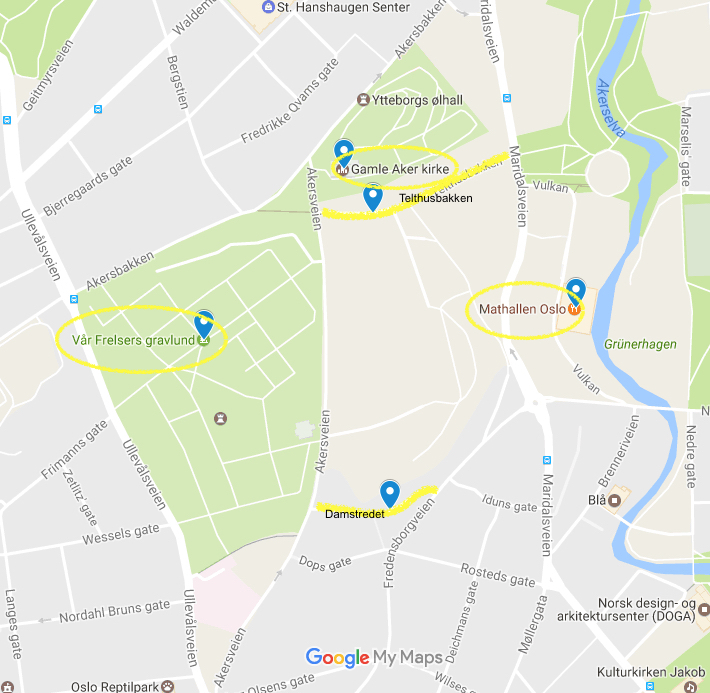 Damstredet and Telthusbakken are two roads known for their well-preserved and inhabited wooden houses built in the late 1700s and the 1800s. They are located near each other in the St. Hanshaugen/Gamle Aker area in central Oslo. There are other sights in the area as well, so a visit to the area can make a worthwhile self-guided walking tour. Very nearby is the medieval church
Damstredet and Telthusbakken are two roads known for their well-preserved and inhabited wooden houses built in the late 1700s and the 1800s. They are located near each other in the St. Hanshaugen/Gamle Aker area in central Oslo. There are other sights in the area as well, so a visit to the area can make a worthwhile self-guided walking tour. Very nearby is the medieval church